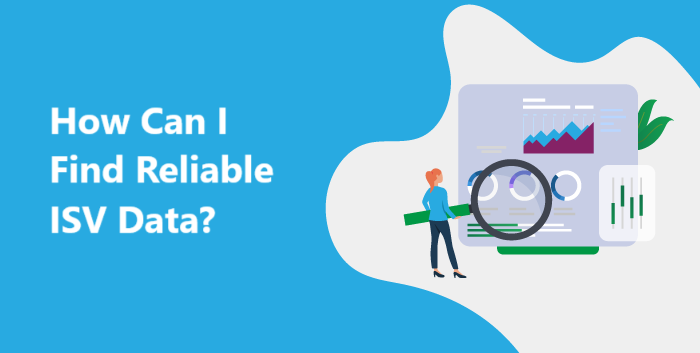When I started my career in the late 90s, it was another age. I didn’t own a cell phone! People actually used fax machines to send messages, and the few emails we got were systematically printed and filed in physical folders. There were no texts, no SMSs, no MMSs, no Skype, no Facebook … we didn’t have digital cameras, and selfies weren’t invented yet! And when I did finally get a cell phone (which was analogue, weighed a ton, and could only make phone calls, nothing else), it was for emergencies only, which meant that it needed to stay off all the time in order to conserve the battery (which would only last an hour).
Today, we live in a society that has changed in more ways than one. It’s easy to see those changes when you go out, walk around in the street, wander down the aisles of the grocery store, sit in a cafe, or eat in a restaurant (especially if you’re alone). People have disengaged with their surroundings and are absorbed in what’s happening on the screens of their mobile devices. Even when people aren’t alone and they’re with groups of friends, you often see one or more of them constantly checking their smartphones, responding to text messages, posting photos on Instagram… Because people’s habits have changed so dramatically in their personal lives, it’s carried over into the business world as well. Without realizing it, I am sometimes drawn to the never-ending temptation to multi-task, discretely responding to emails while on conference calls, (amongst other things). In addition, there’s an increasing level of pressure to respond fast. Back in the day, it was considered normal to take 48 hours to reply to an email — now if you don’t respond for two days, people will think you’ve died.
With the increase in telecommuting as a worldwide business trend (which for me has been a reality for nearly seven years), the lack of physical interaction with peers and colleagues adds another dimension to our dependence on technology. For me, it’s very difficult to “turn it off” and I sometimes wonder, “Do I work from home, or do I just live in the office?”
So with decreasing attention spans, our inability to disconnect from our screens, and our incessant need to multi-task, how can prospects be encouraged to engage and improve the overall customer experience?
Here are our top four ways how:
4. Attention grabbers
Nowadays, I receive hundreds of emails a day — a far cry from yonder years when I didn’t get more than a dozen. Obviously, no one has time to read each and everyone, especially when the vast majority are sales pitches or spam. If you aren’t part of my contact list, it’s likely that I won’t read your message unless you grab my attention. Humorous subject lines usually do it for me. Here’s an example of one I received recently: The ’90s called and wants its reporting solution back. Ha! I like it! So I opened it, read it, and responded to learn more.
3. Personalization
Standard cookie-cutter messages are a dime a dozen. No one cares. In fact, they make you feel like the person contacting you hasn’t done their homework or couldn’t be bothered to take a few extra minutes to tailor their approach just for you. It’s very important to stand out from the crowd (and today when it comes to your competition, believe me, it’s a big crowd!). Personalizing communications is a must, whether they be online (in community groups and forums), via email, or over the phone. When a prospect feels that you’ve taken the time to try to understand them, they’ll be more likely to invest their time in you.
2. Localization
In EMEA, while English is widespread, it’s nicer for prospects to be able to conduct business in their mother tongue. If you have the possibility of contacting people in their local language, it will help add value to your personalized approach. Same goes for creating content —- it shows prospects that you care about their needs, and that you make the effort to provide them with information they are sure to understand.
1. One-on-One Dialogue
Phone outreach is great for engaging in discussions with decision-makers. Speaking to them one-on-one (without a planned script you’ve memorized) and exchanging in a natural and relaxed way will help improve the buyer journey for the customer. We find that the most highly-qualified sales opportunities come from a combination of targeted nurturing and outbound telemarketing. Personal contact with people improves the process ten-fold and brings the human aspect back into the marketing equation.
Conclusion
Technology will certainly continue to evolve over time and change the way we interact with the world around us. Marketing strategies will have to adapt in order to keep up with the times, but one thing that will never change (because the survival of humankind depends on it) is our need for personal connection. Breaking down the physical and psychological barriers that have been built because of modern technologies may not be easy, but with a little effort, it can be done and will largely help improve the customer experience as a result.
Sources:
https://www.linkedin.com/pulse/we-giving-technology-permission-disengage-us-block-growth-gaunt








